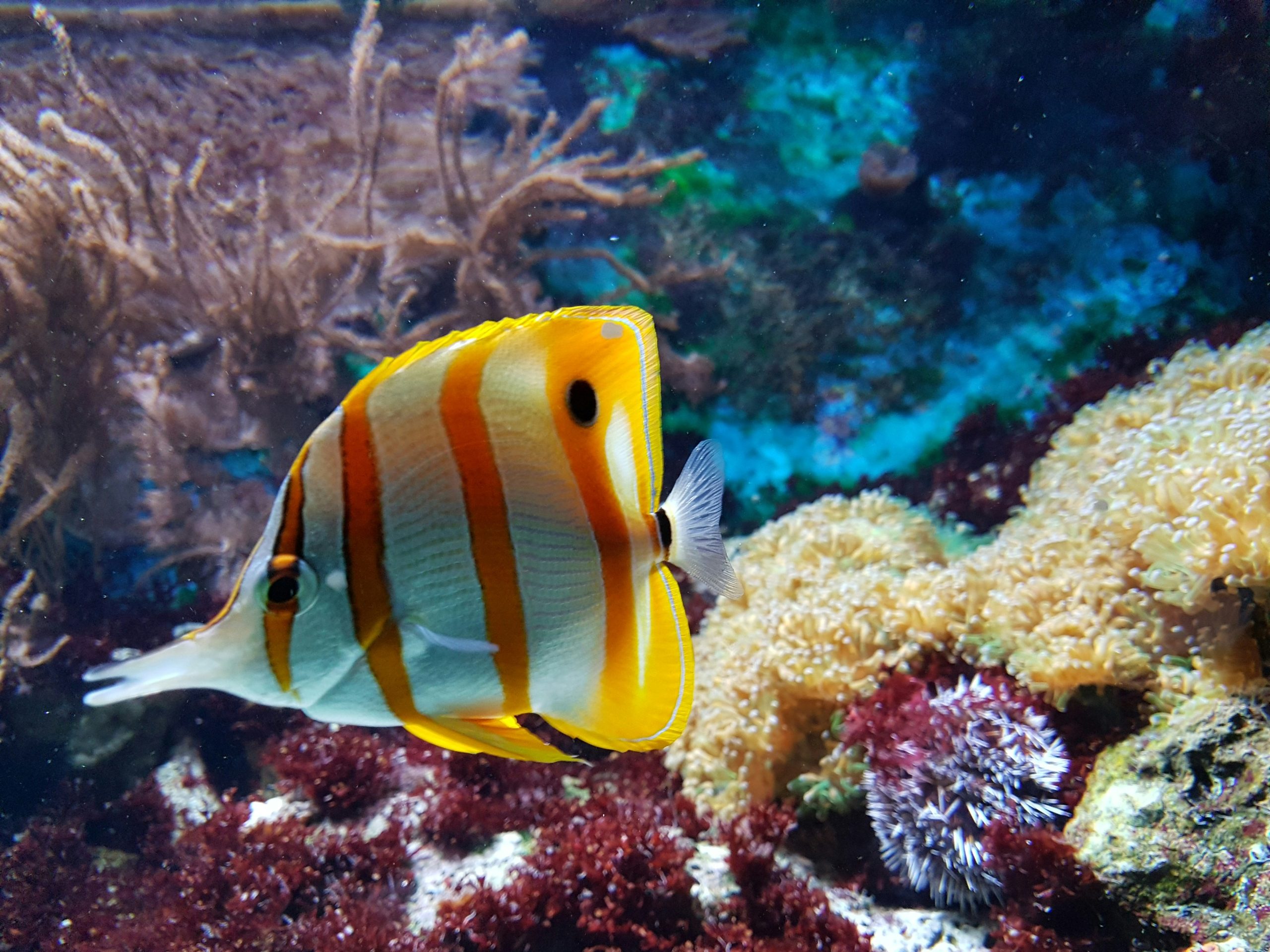![]()
Among the astonishing and most prized qualities of tea is the variety of scents and flavors which could be coaxed from the leaf by variations in processing, geography, and climate. Nevertheless, we have to be cautious to avoid getting tea snobs. There’s nothing unnatural about incorporating a jasmine blossom’s odor into the cup – or some other herb fruit or spice for this issue.
Let us define a couple of terms before we get into how tea is brewed:
Inclusions are bits of fruit blossoms, spices or herbs that are added to the tea leaves to get visual or sensory influence.
Extracts are currently flavoring agents from extracting the vital oils in the leaves, fruits, blossoms, roots or other elements derived. All these”essential oils” take the distinctive aromas or tastes we come to expect from this plant. Some extracts are available as straightforward as pressing a peel to generate oil, such as soaking vanilla beans but some require a way of extraction.
Flavoring agents have been obtained with the assistance of chemical synthesis from materials. The end product has precisely the same chemical structure as the”Organic” taste but has been originated using a chemist. Nature-identical flavors, therefore, are significantly less costly and are far more secure than flavoring extracts. The majority of products are flavored with tastes. However, the FDA doesn’t have a charm for this and they believe nature-identical to be”artificial”.
Changing the structure of a receptor to make a costly, more extreme, or different taste creates artificial Flavors. These molecules don’t exist in nature. Adagio doesn’t utilize this kind of flavoring agent.
Tea could be boiled via the accession of inclusions, being scented, or simply by being coated in extracts. More than 1 method is utilized. Inclusions change the taste or odor of this cup in certain ways but aren’t powerful enough to provide for. Many”flavored” teas are flavored with Natural Identical flavoring agents. These agents are thicker than water but generally thinner compared to oil. The complete quantity of agent employed is based on the taste and desirable strength but generally falls between 0.5% and 5% of the burden of the tea being brewed.
To use an infusion to the tea, then the flavoring agent is poured or sprayed on the dry foliage and the leaves are mixed (blended) to ensure even distribution. Bigger businesses do so in rotating drums. Most teas could be flavored (properly swallowing the infusion) in under half an hour, though some tastes do need significantly longer.
Teas, from proximity, derive their taste and odor such as Jasmine or Lapsang Souchong to flavors. Whenever some jasmine teas might be brightly colored, “actual” vanilla teas are scented with Jasmine blossoms that are subsequently removed (cherry blossoms possess a much shorter shelf life than tea). Lapsang Souchong is by being subjected to the smoke of burning pine origin scented.
Share This




Be the first to comment